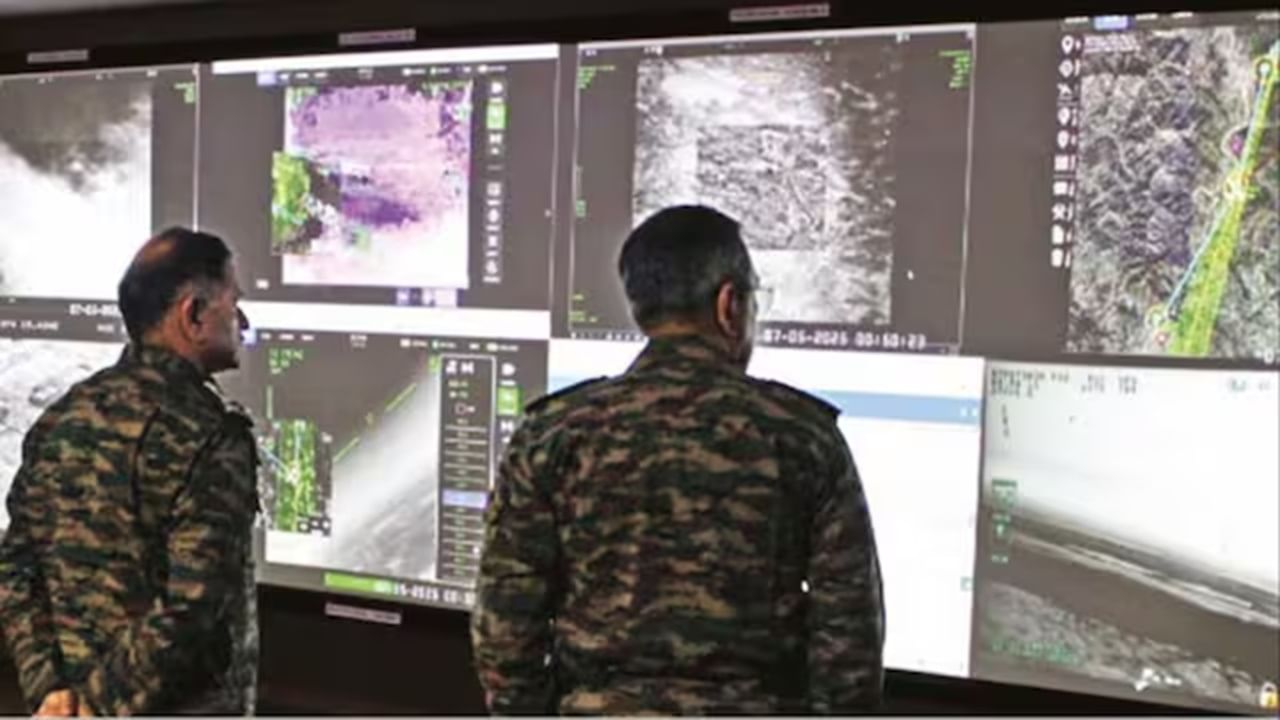By Major General RPS Bhadauria (Retd)
In May 2025, India showed the world the growing advancement of its military power through a joint operation that targeted Pakistan-based terror infrastructure following the deadly Pahalgam attack of April 22— Operation Sindoor.
The strikes set a new benchmark for India’s counter-terror strategy for their precision, scale, and most importantly, for the synergy displayed between the three armed services, intelligence agencies, and cyber units.
Operation Sindoor offered a peek into how India is seeing the future of warfare: multi-domain, technologically enabled, and strategically restrained. Standoff strike systems allowed India to hit terror infrastructure deep inside hostile territory, while multi-layered air defence played a decisive role in blunting Pakistani retaliation. At the same time, the operations also highlighted why the institutionalisation of joint military commands is essential for India’s long-term security.
A New Template for Counter-Terror Operations
Operation Sindoor unfolded on May 7, 2025, with coordinated strikes by the Indian Army and Indian Air Force (with the Indian Navy being on standby). Intelligence inputs from agencies like R&AW and NTRO complemented the strikes. Consequently, as many as nine terror camps belonging to terrorist groups Jaish-e-Mohammed, Lashkar-e-Taiba, and Hizbul Mujahideen were destroyed across Pakistan and Pakistan-occupied Kashmir.
India employed a wide array of weapon systems from the Rafale fighter jets armed with SCALP missiles and HAMMER bombs, BrahMos supersonic cruise missiles, loitering munitions, and Akash air defence system, to QRSAM air defence missiles, and AI-enabled surveillance drones.
At the same time, India used information warfare to shape the global narrative. By releasing geotagged evidence of destroyed terror infrastructure and intercepted communications, New Delhi highlighted its moral and legal legitimacy. This holistic approach ensured international support for India while diplomatically cornering Pakistan.
Multi-Domain Defence and Escalation Control
Another unmissable feature of Operation Sindoor was the way that multi-layered defensive systems were deployed to thwart Pakistani retaliation. Along the Line of Control, the Army activated a three-tier robotic counter-infiltration grid. For its part, the Air Force erected a unified air defence shield using its Akash, QRSAM, S-400, and MRSAM
Digital fusion centres like Akashteer further allowed real-time coordination between different platforms, allowing Indian forces to intercept drones, missiles, and aircraft with remarkable efficiency.
Pakistan’s attempted counter-strikes using drones, artillery, and fighter jets were met with robust Indian defences. Reports indicated that Indian missiles shot down multiple Pakistani JF-17s and even targeted support aircraft deep inside Pakistani airspace.
India was able to apply pressure without sliding into a full-scale war by supplementing offensive strikes with airtight defensive measures.
Air Defence as the Decisive Shield
A defining feature of Operation Sindoor was the central role of integrated air defence. For the first time, India demonstrated how the Army’s ground-based air defence regiments and the Air Force’s long-range systems could operate in tandem to form a single, layered shield. The Army’s Akash and QRSAM units, supported by surveillance radars, MANPADS teams, and electronic counter-measures, filled gaps along the Line of Control. The Air Force, meanwhile, deployed its S-400 and land-based MRSAM batteries to protect strategic targets deeper inland.
Together, this multi-tiered network intercepted hostile drones, artillery rockets, and fighter jets launched by Pakistan, ensuring minimal damage on the Indian side. By showing that the Army’s air defence branch could integrate seamlessly with the Air Force to deny enemy airspace access, Operation Sindoor underlined that control of the skies is no longer the Air Force’s burden alone but a joint responsibility. This airtight defensive shield allowed India to sustain pressure on Pakistan while keeping escalation firmly under control.
The Case for Joint Military Commands
The success of Operation Sindoor was undoubtedly rooted in inter-service synergy. However, this coordination was achieved through extraordinary efforts at a pressing time instead of institutional structures. The operations have made it amply clear that India must move towards permanent joint military commands.
Why is this the case?
First, unified commands would streamline planning and execution by allowing real-time coordination across services.
Second, they would institutionalise multi-domain integration, a necessity in modern warfare, which spans multiple domains, including space, cyber, and information in addition to the traditional land, air, and water all at once.
Third, a joint command would enable faster decision-making, reducing the lag between political directives and military action, which proved critical in May 2025. Joint structures would also ensure efficient allocation of resources, allowing missiles, drones, and surveillance assets to be shared dynamically between services rather than compartmentalised.
Just as importantly, a unified command would integrate cyber and information warfare with kinetic operations. India’s reported cyber offensive against ISI servers during the conflict worked in tandem with its air and missile strikes, a model that future joint commands can institutionalise.
Finally, joint commands offer a mechanism for escalation control. By centralising operational oversight, India can apply calibrated military pressure while ensuring that the balance between deterrence and restraint is maintained.
India’s May 2025 military operations marked a decisive break from the past. They showcased the armed forces’ ability to launch precise, multi-domain strikes with minimal collateral damage, while simultaneously countering enemy retaliation and shaping the global narrative.
More importantly, they underlined the benefits of inter-service synergy. The lesson is clear: while ad hoc coordination delivered success in May 2025, future conflicts will demand institutionalised structures. Establishing permanent joint military commands will ensure that India can replicate, refine, and enhance the success of Operation Sindoor in crises to come.
Maj Gen. RPS Bhadauria (Retd) is the Additional Director General of the Centre for Land Warfare Studies (CLAWS), New Delhi, and was formerly the Director of the Centre for Strategic Studies & Simulation (CS3) at USI of India, having served in the Indian Army for 36 years.
